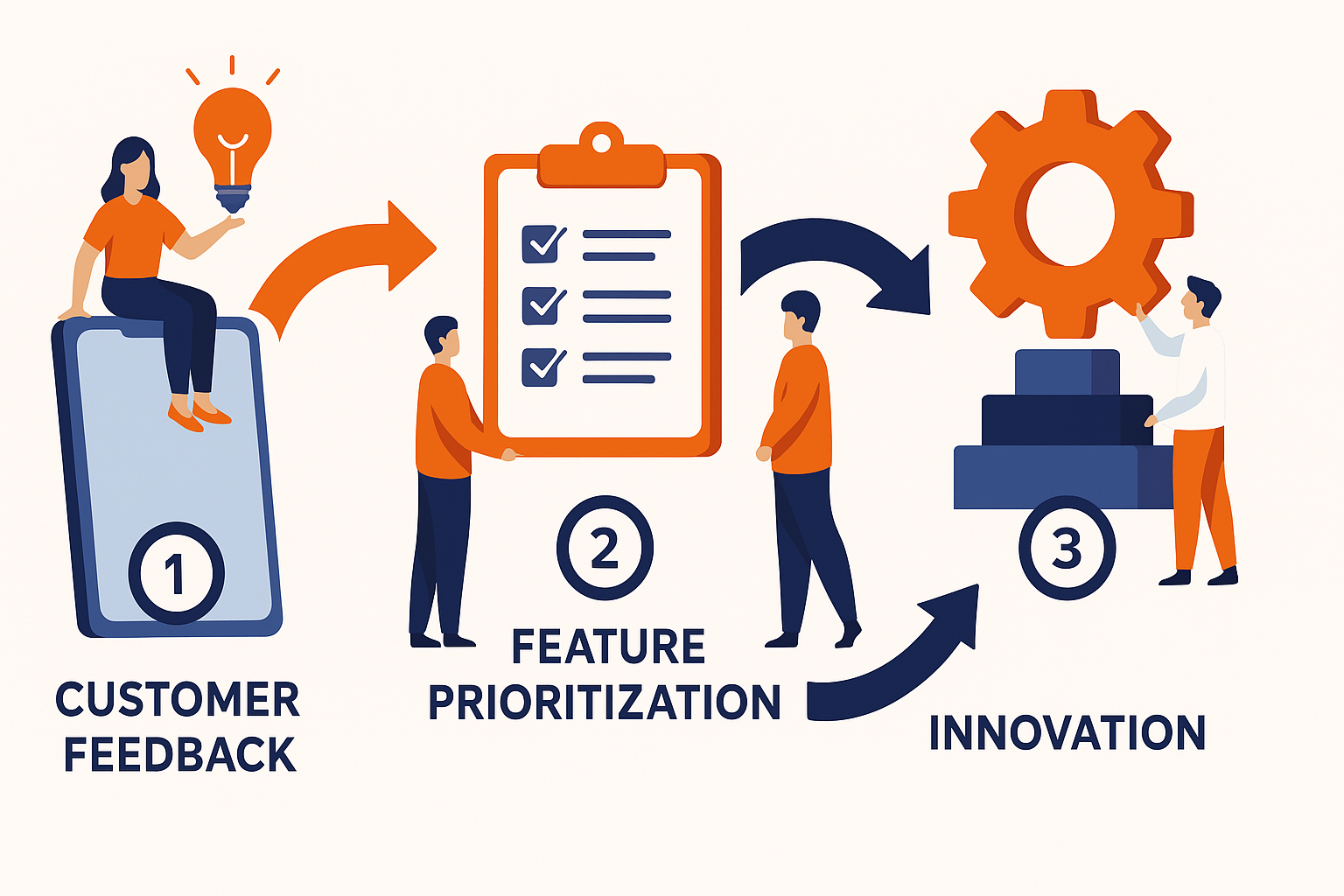Virtual reality (VR) and augmented reality (AR) technologies are becoming popular in medical education. During the COVID-19 pandemic, immersive technologies like VR headsets and AR smart glasses provided a way for medical students and residents to continue honing their skills despite restrictions on in-person training.
The potential benefits are clear. Studies have shown VR training can improve surgical skills and efficiency, boost knowledge retention compared to lectures, increase student confidence, and provide engaging educational experiences. At the same time, there are also challenges. The costs of these technologies remain high. There are technical difficulties in operating devices like VR headsets. There is insufficient evidence the technology improved educational outcomes.
So what's the right approach for embracing these immersive technologies in medical education? It requires pragmatism - adopting the technologies in targeted applications where they offer clear value, while allowing them to complement rather than replace traditional teaching methods. This balances the need to innovate with the lack of comprehensive evidence.
Understanding VR and AR's Unique Benefits
To start, it's helpful to understand the unique benefits of VR versus AR. Virtual reality involves immersing users in a simulated environment. This transports them into new contexts to access information or experiences that may be inaccessible or unsafe in the real world.
Augmented reality, on the other hand, takes the user's existing environment and overlays digital information on top of it. This distills and parses the most relevant information from a complex real-world setting.
So in simple terms, VR presents new information by immersing users in it, while AR parses existing information by augmenting the user's actual environment.These differences mean VR can be uniquely beneficial for providing simulated clinical experiences like surgical training scenarios. AR may be better suited for complex clinical environments by clarifying relevant information at the point of care.
Key Evidence and Applications So Far
Research so far provides early evidence that immersive technologies could enhance medical education in certain domains.
For building surgical skills, multiple studies have shown VR training improves efficiency and reduces the time required to complete procedures compared to traditional training methods. However, the impact on safety outcomes remains inconclusive.
For knowledge retention, evidence is mixed. Some studies demonstrate VR enhances learners' self-reported understanding and information retention compared to lectures or textbooks. But others show VR is no more effective than traditional teaching methods when tested objectively.
In terms of student confidence, studies fairly consistently show VR training boosts student confidence across knowledge domains, clinical examinations, and surgical skills. Though further research measuring long-term retention is needed.
Finally, for student engagement, research indicates VR captures learners' attention, provides an engaging experience, and is preferred over lecture-based learning. Though VR appears less engaging than actual bedside teaching.
The Pragmatic Approach
This evidence provides promising indications that immersive technologies could augment medical education. However, it's clear we aren't ready for VR or AR to wholesale replace traditional teaching methods.
The pragmatic approach is to adopt these technologies for targeted use cases where they clearly enhance learning. Two promising examples are VR for teaching surgical skills and AR for clarifying information in complex clinical environments.
Rather than an either/or proposition, VR and AR should complement traditional techniques like lectures, textbooks, and bedside teaching. Blended approaches will allow educators to combine the engagement and interactivity of immersive technologies with tried-and-true methods.
Apple's Vision Pro Headset
Apple's new Vision Pro headset provides a glimpse into the possibilities of this pragmatic approach. The headset has robust capabilities for both VR and AR.
Yet Apple is carefully positioning it as a "spatial computer" enabling new applications, rather than an AR/VR device per se. They recognize the technology is still ahead of proven use cases.
For now, the Vision Pro mainly replicates existing computing tasks like viewing videos or documents in virtual 3D environments. This allows time to explore practical applications in medicine and other fields.
How the Vision Pro Could Transform Medical Learning
While not developed specifically for medical education, the Vision Pro contains many features that could provide new opportunities for improved medical training. Here are some ways this new platform could transform learning in healthcare fields:
Immersive Simulation
- VR capabilities allow students to be fully immersed in clinical environments and simulated procedures
- Provides realistic practice and improves skills, safety, and outcomes based on existing research
Enhanced Collaboration
- AR facilitates remote collaboration by allowing remote instructors to see trainees' perspectives
- Trainees can access expertise from anywhere without travel
Portable Learning
- The untethered headset allows learning to happen anywhere, not just dedicated simulation labs
- Can quickly simulate a clinical scenario regardless of location
Intuitive Interactions
- The hand and eye tracking sensors allow for natural interactions without controllers
- Models and environments can be manipulated in an intuitive way
It will be up to the developers, educators, and institutions to discover where technologies like the Vision Pro provide unique value. With diligent experimentation and research, targeted high-impact use cases will emerge over time.
Conclusion
Immersive technologies undoubtedly hold great potential to take medical education to new levels of interactivity and engagement. But significant work remains to build evidence, refine applications, and evaluate costs.
A pragmatic approach - selectively adopting VR and AR where they augment outcomes - will enable educators to capitalize on these technologies' strengths while managing current limitations.
With this balanced approach, immersive technologies can provide targeted benefits today while research continues demonstrating their value for broader adoption in tomorrow's learner-centric educational paradigms. The COVID-19 pandemic opened the door for innovation. It’s now up to educators to walk through with care.

.svg)







